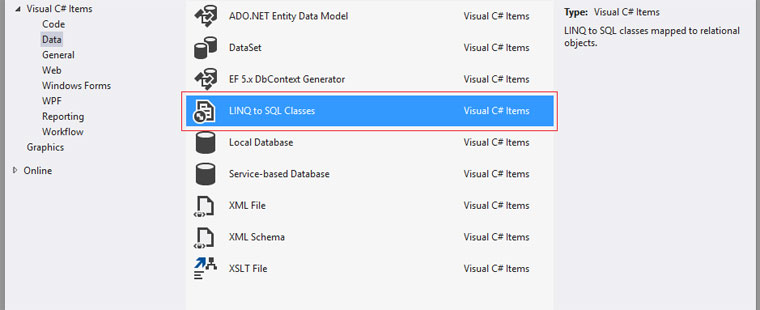When you use the .Single() lambda statement, you will only get one result. When you only use 1 property of the whole object it is totally waste of the performance. Only get want you want. So you could better use the .Select() statement to get only the property you want.
See the difference below where we have an example for getting the profile picture of an unique user.
.Where().Select().Single()
byte[] imageData = Context.Profiles.Where(p => p.Id == profileId).Select(p => p.Picture).Single();
SELECT
[Limit1].[Picture] AS [Picture]
FROM ( SELECT TOP (2)
[Extent1].[Picture] AS [Picture]
FROM [dbo].[Profiles] AS [Extent1]
WHERE [Extent1].[Id] = @p__linq__0
) AS [Limit1]
.Single()
byte[] imageData = Context.Profiles.Single(p => p.Id == profileId).Picture;
SELECT TOP (2)
[Extent1].[Id] AS [Id],
[Extent1].[FirstName] AS [FirstName],
[Extent1].[LastName] AS [LastName],
[Extent1].[Birthday] AS [Birthday],
[Extent1].[HideBirthdayYear] AS [HideBirthdayYear],
[Extent1].[Picture] AS [Picture],
[Extent1].[ModifiedOn] AS [ModifiedOn],
[Extent1].[UserId] AS [UserId]
FROM [dbo].[Profiles] AS [Extent1]
WHERE [Extent1].[Id] = @p__linq__0
Imagine what the difference would be with nested queries, joins, or even bigger objects (tables) than this example.












